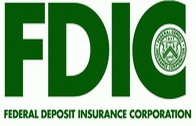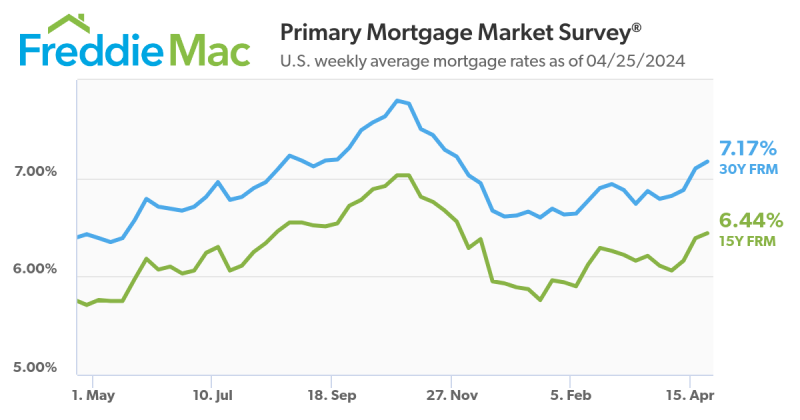Advertisement
FDIC-Insured Institutions Report Q3 Earnings of $36 Billion

Commercial banks and savings institutions insured by the Federal Deposit Insurance Corporation (FDIC) reported aggregate net income of $36.0 billion in the third quarter of 2013, a $1.5 billion (3.9 percent) decline from the $37.5 billion in profits that the industry reported a year earlier. This is the first time in 17 quarters — since the second quarter of 2009 — that earnings registered a year-over-year decline. The earnings decline was mainly attributable to a $4 billion increase in litigation expenses at one institution. Lower revenue from reduced mortgage activity and lower gains on asset sales also contributed to the reduction in earnings. Half of the 6,891 insured institutions reporting had year-over-year growth in earnings, while half reported declines. The proportion of banks that were unprofitable fell to 8.6 percent, from 10.7 percent a year earlier. The FDIC also noted that industry earnings for the second quarter of 2013 had been revised downward, from $42.2 billion to $38.1 billion, as a result of expenses for goodwill impairment at two banks in the same organization.
"Most of the positive trends we have been seeing in industry performance continued in the third quarter," noted FDIC Chairman Martin J. Gruenberg. "Fewer institutions reported quarterly losses, lending grew at a modest pace, credit quality continued to improve, more banks came off the 'Problem List,' and fewer banks failed."
The average return on assets (ROA), a basic yardstick of profitability, fell to 0.99 percent from 1.06 percent a year ago. The average return on equity (ROE) fell from 9.35 percent to 8.92 percent.
Third quarter net operating revenue (net interest income plus total noninterest income) totaled $163.3 billion, a decline of $6.1 billion (3.6 percent) from a year earlier, as noninterest income fell by $4.7 billion (7.4 percent) and net interest income declined by $1.3 billion (1.3 percent). The average net interest margin — the difference between the average yield banks earn on loans and other investments and the average cost of funding those investments — was 3.26 percent, unchanged from second quarter, but down from 3.42 percent a year ago. The average margin is at its lowest level since the 3.20 percent reported in the fourth quarter of 2006.
Total noninterest expenses were $2.0 billion (1.9 percent) higher than in the third quarter of 2012, as litigation expenses rose by $4 billion at one large institution. Banks set aside $5.8 billion in provisions for loan losses, a reduction of $8.8 billion (60.4 percent) compared to a year earlier. This is the lowest quarterly loss provision reported by the industry since the third quarter of 1999.
Asset quality indicators continued to improve as insured banks and thrifts charged off $11.7 billion in uncollectible loans during the quarter, down $10.5 billion (47.4 percent) from a year earlier. The amount of noncurrent loans and leases (those 90 days or more past due or in nonaccrual status) fell by $18.3 billion (7.7 percent) during the quarter, and the percentage of loans and leases that were noncurrent declined to 2.83 percent, the lowest level in five years (since the 2.35 percent posted at the end of the third quarter of 2008).
Financial results for the third quarter of 2013 are contained in the FDIC's latest Quarterly Banking Profile. Also among the findings:
Total loan balances rose. Loan balances increased by $69.7 billion (0.9 percent) in the three months ending September 30, as all major loan categories except 1-4 family residential real estate loans experienced growth during the quarter. Auto loan balances increased by $10.6 billion (3.2 percent), multifamily residential real estate loans rose by $8.1 billion (3.3 percent), loans to states and municipalities increased by $7.5 billion (7.3 percent), and credit card balances rose by $6.8 billion (1.0 percent). Home equity lines of credit fell by $10.9 billion (2.1 percent), while other 1-4 family residential real estate loans declined by $13.7 billion (0.7 percent). For the 12 months through September 30, total loan and lease balances were up by $224.0 billion (3.0 percent).
Higher interest rates caused a sharp drop in mortgage activity. Originations of 1-4 family residential real estate loans were $136.8 billion (30.1 percent) lower than in the second quarter, as interest rate increases in the second quarter reduced the demand for mortgage refinancings. Noninterest income from the sale, securitization and servicing of mortgages was $4.0 billion (45.2 percent) lower than a year ago. Realized gains on available-for-sale securities also were lower than a year ago, as higher medium- and long-term interest rates reduced the market values of fixed-rate securities. Banks reported $540 million in pretax income from realized gains, a decline of $2.2 billion (80.1 percent) from a year ago.
The number of "problem banks" continued to decline. The number of banks on the FDIC's "Problem List" declined from 553 to 515 during the quarter. The number of "problem" banks is down more than 40 percent from the recent high of 888 at the end of the first quarter of 2011. Six FDIC-insured institutions failed in the third quarter of 2013, down from 12 in the third quarter of 2012. Thus far in 2013, there have been 23 failures, compared to 50 during the same period in 2012.
The Deposit Insurance Fund (DIF) balance continued to increase. The DIF balance — the net worth of the fund — rose to $40.8 billion as of September 30 from $37.9 billion as of June 30. Assessment income and a reduction in estimated losses from anticipated failures were the primary contributors to growth in the fund balance. Estimated insured deposits were essentially unchanged from the previous quarter, increasing by only 0.1 percent, and the DIF reserve ratio — the fund's balance as a percentage of estimated insured deposits — rose from 0.64 percent as of June 30 to 0.68 percent as of September 30. By law, the DIF must achieve a minimum reserve ratio of 1.35 percent by 2020.
About the author





